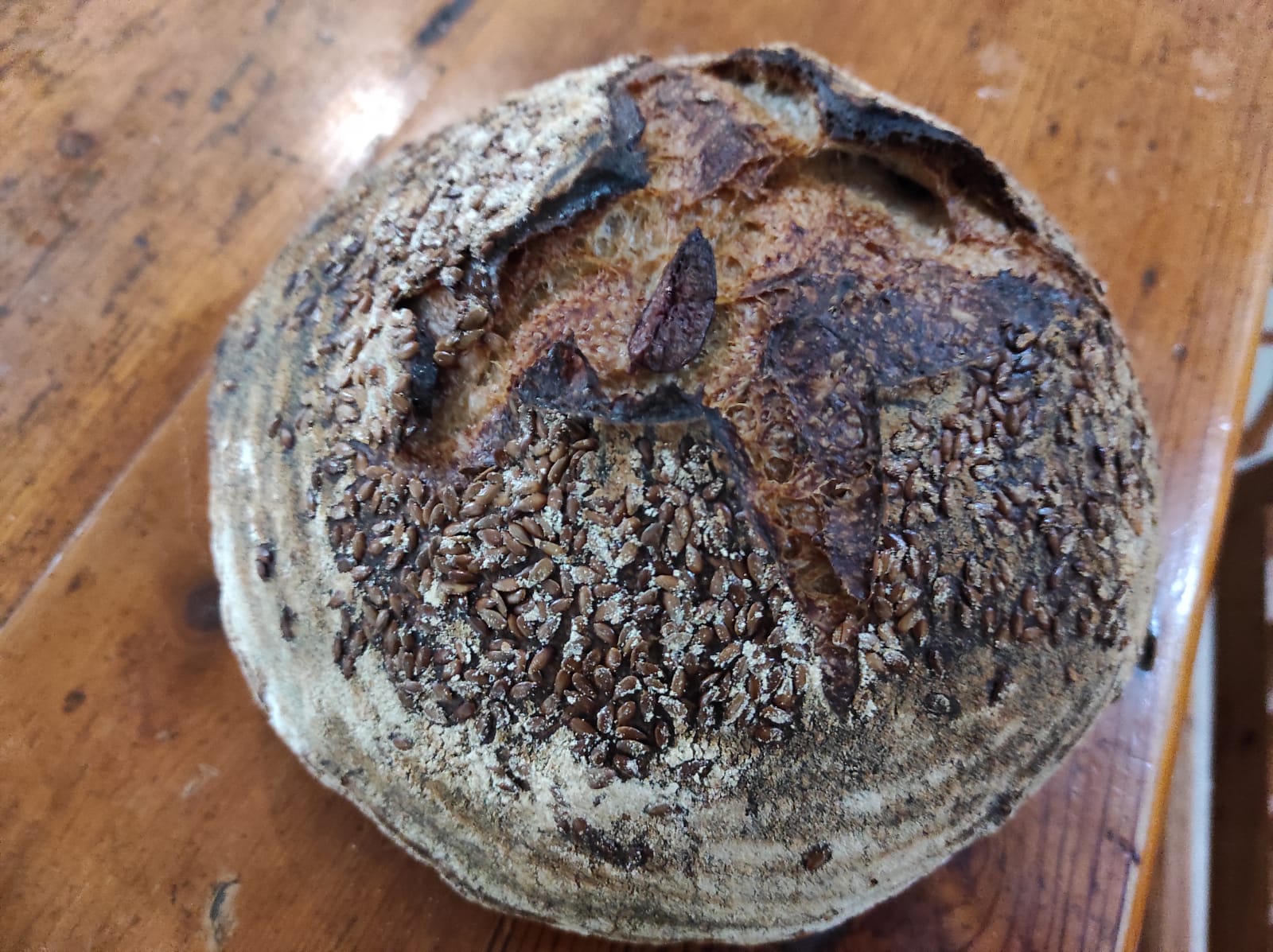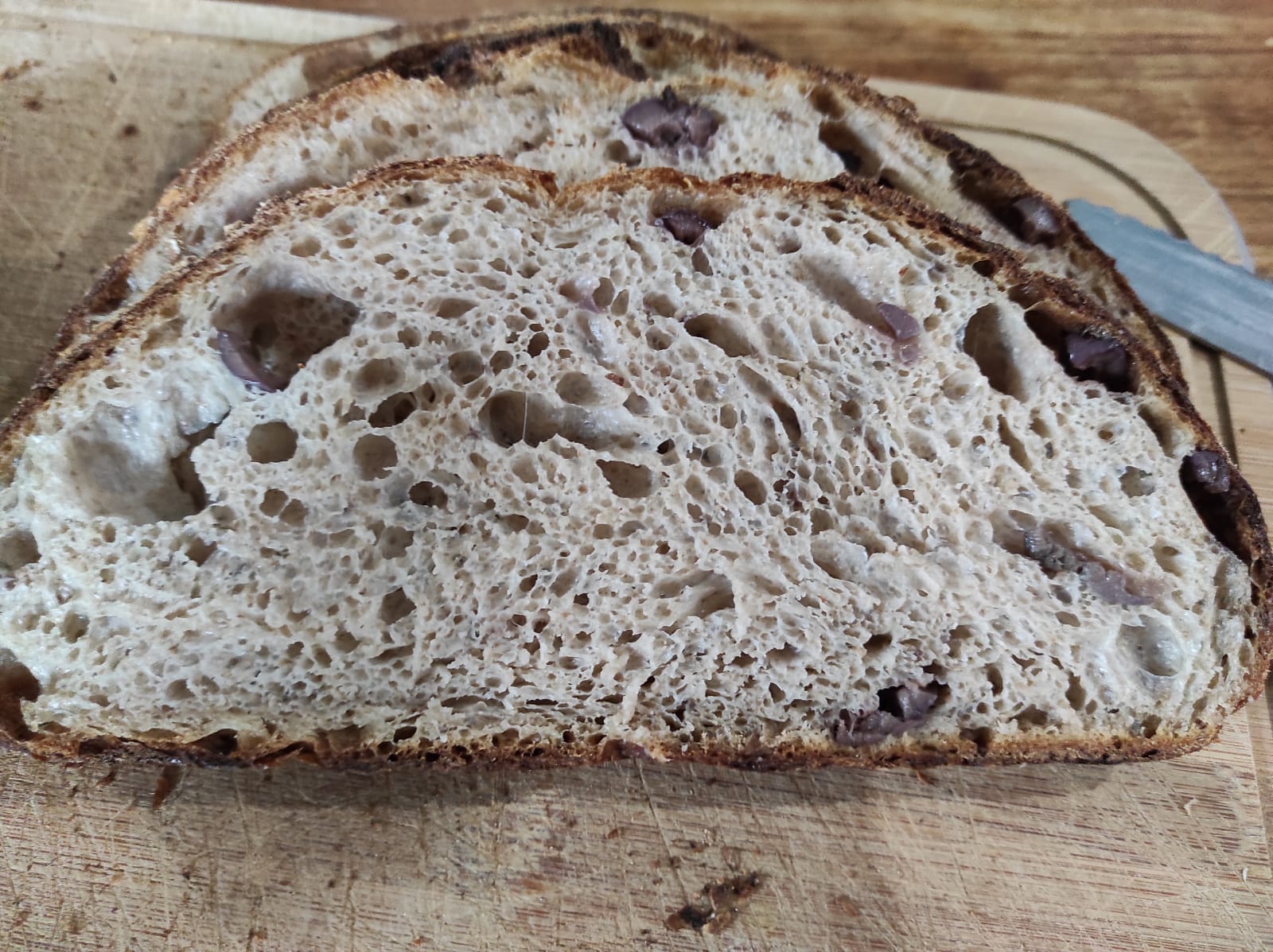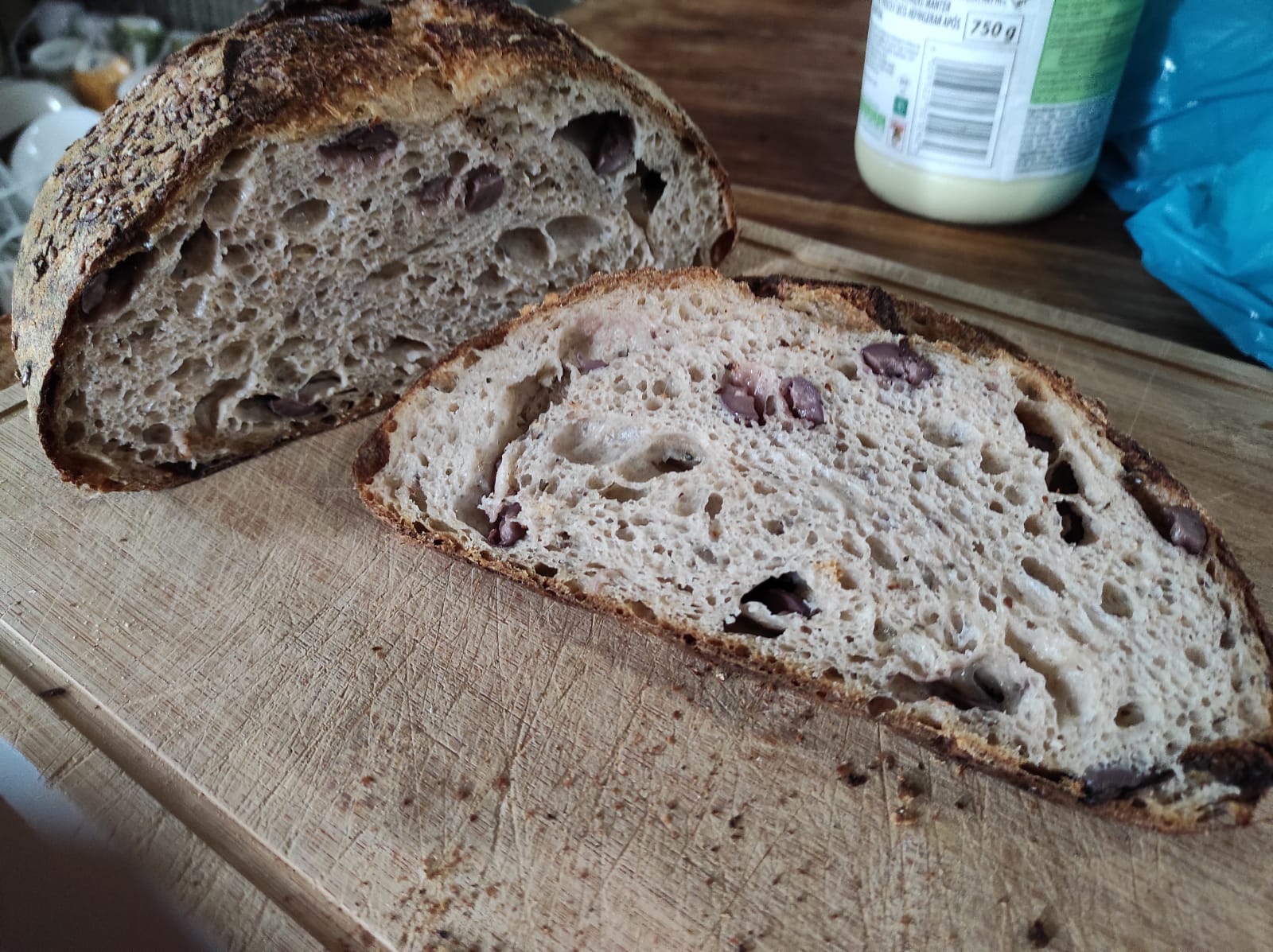
Why do my bagels have big holes (in the crumb)?

Hello! I'm hoping someone is able to help me with an issue I've been seeing with my bagels. I've been baking bagels for a few months now and I've had a consistent problem with big holes and tunnels in the crumb, I assume from large fermentation bubbles. I've tried different proofing times, shaping techniques, aggressive degassing, types of yeast, flour types and brands, hydration levels, baking temperatures and surfaces, but they're almost always there, at least in a few bagels per batch. Currently my recipe/process has been:
55% hydration
2% salt
1.3% fresh yeast
1% diastatic malt
2-5% vital wheat gluten (I'm in Europe and we have soft wheat - high gluten flour is pretty difficult to find/pricey, but even when I've sprung for it, it hasn't made a difference with this issue)
Mix and knead in a Ankarsrum mixer until I have a good windowpane - usually 20 minutes, bulk ferment for one hour, degas and pre shape (either as a ball or a log, have tried both), shape by rolling the traditional way, and then they go into the fridge at 39-40 F degrees for a long cold proof - usually 16-21 hours. My final dough temp usually ends up around 75-78 F. After they come out of the fridge, they are almost always puffy and seem full of gas. I boil them in a solution with baking soda and barley malt syrup and then bake on a stone at 450 for 15 min or so until they're the color I want.
I recently tried cutting out the bulk ferment and went straight to shaping from the mixer, which has worked a few times, but the bagels usually seem underproofed and have blowouts. And sometimes, like today, it makes no difference at all. I've also eliminated the cold proof and had success with no holes in the crumb, but I would like to keep the cold proof.
Could it be the diastatic malt? Should I drop my yeast percentage? If anyone has any ideas, please let me know! I would ideally like my bagels to have a mostly dough-y interior instead of big pockets of nothing.















